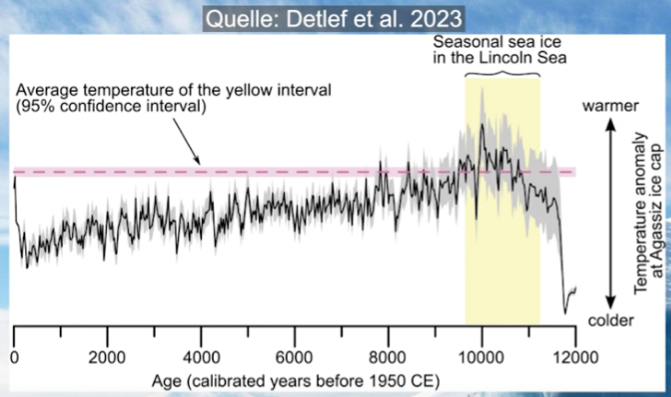Earth to Newsweek: polar bear populations have not been on the decline since 2008
A recent Newsweek story about the US Navy having no “rules of engagement” to deal with polar bear encounters leads with alarmist misinformation.
Photo credit Cmdr. Christy Hagen/U.S. Navy
Author Max Strasser (April 30, 2013), in his recent article in Newsweek (“As the World Warms, Navy Strategists Plan for an Arctic Rush”) [h/t D. V]
“Approximately 25,000 polar bears live in and around the Arctic Circle. Climate change has put the majestic ursines, a longtime favorite of children’s books and Christmas cards, in peril. In 2008, the United States listed them as a “threatened species” under the Endangered Species Act, and populations have been on the decline since then.”
Sigh. Not so Max, totally not so.
Global polar bear numbers have been stable for the last 30 years, as the graphs below show. The proposed ‘threat’ to polar bears is a future decline in sea ice predicted by computer models. The future, Max, is not now.
Polar bear populations are currently doing very well (see my post on the most recent status update report here). On top of that, note that the bears are well distributed throughout available Arctic habitat — one of the accepted hallmarks of a healthy species.
Figure 1. Upper graph uses totals reported in PBSG status tables, with min/max; Lower graph uses the same figures, but adds back in the so-called “inaccurate” estimates dropped 2005-2013. The 1960 figure * is a ballpark estimate.See previous post here.
OK, with that error corrected, back to the point of the Newsweek story…
The Navy apparently wondered what Marines will do if they encounter some of those polar bears…
“So when is it acceptable for a Marine to shoot one? The Navy is still trying to figure that out.
Walter Berbrick, a retired Navy officer and a professor of war games at the U.S. Naval War College, was conducting the Fleet Arctic Operations Game in 2011, simulating, among other things, how the Navy would respond to an oil spill in the Arctic, when he discovered there were no rules of engagement for polar bears. “You’ve really got to be mindful of where you’re at and where they’re at,” Berbrick says, pointing out that polar bears travel in open waters and on ice floes where naval units would have to operate. “Folks need to be trained and deployed understanding their interaction with polar bears. The Navy needs some kind of specialized force protection training, policies, rules of engagement. [my bold]
“It’s something the Navy doesn’t think about or plan for or prepare for, because there hasn’t been a demand for it,” he says. Until now.
In February, the Navy released the U.S. Navy Arctic Roadmap for 2014 to 2030, a document outlining naval preparations for the region. It doesn’t address rules of engagement for polar bears, but it does lay out various other necessities for Naval capabilities in the Arctic, from new satellite communications equipment to cold-weather training exercises. The Navy’s road map followed the Department of Defense’s “Arctic Strategy” report of November 2013 and the White House’s May 2013 “National Security Strategy for the Arctic Region.” The documents make up a nascent Arctic strategy.”
I’m guessing the polar bears may dictate the rules…
That said, can you imagine the uproar if Marines start shooting the Center for Biological Diversity’s beloved polar bears?
Rest of the story (about the Arctic strategy report and working in the Arctic) here.
Sent by gReader Pro




